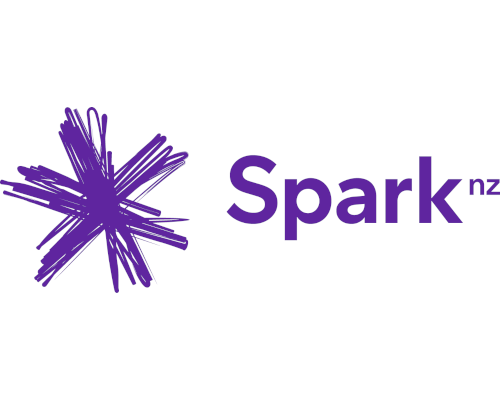

Efforts to protect and restore the mauri of the Kaipara Moana have received a boost thanks to the generosity of Spark IoT (Internet of Things) and Phathom.
Spark IoT and Phathom are providing the connectivity and technology which, along with the backing of Kaipara Moana Remediation and the University of Auckland, is making it possible for research leader Anne-Fleur van Leeuwen to focus her PhD on the effects of river sediment and nutrient dispersal in the Kaipara Moana.
That work began in August with a project at Port Albert wharf on the Hōteo river mouth, on the edge of the Ōruawharo estuary arm.
Phathom designs and manufactures Turbidity and Total Suspended Solids sensors for real time sediment monitoring, says Phathom Sales Manager Emma Ford.
“We use four beams of light and a ratiometric algorithm to accurately and reliably measure sediment in our awa.
“Our technology comes from our specialised dairy instrumentation, Quadbeam. We developed Phathom as a passion project in response to huge sediment spills and a lack of accountability. Same technology, with easier communication, low power and lower cost fit for the water industry.
“We love to stay true to our roots and get involved in community projects like KMR, using our technology to assist their mahi. If we can help measure sediment in the beautiful Kaipara, we can take accountability for improving its health in the future.”
Meantime, Spark IoT provided a Captis solar powered data logger that uses Spark’s Cat-M1 IoT network. The logger is connected to the Phathom sensor to ensure water quality readings are collected at 15-minute intervals and sent to the cloud daily for a more immediate, granular and cost-effective analysis.
Philippe Boulanger, Spark IoT Growth Lead says IoT and other high-tech solutions are a natural enabler in helping communities to better understand and manage the health of our rivers, lakes and water as an essential resource.
“All water has ‘mauri’ or life force - measuring if the mauri of the water is improving or declining using IoT is critical to the KMR project.”
Anne-Fleur says she is stoked to have the technology in place and monitoring underway.
She believes estuaries have a powerful filtering effect, which cleanses river water of sediments and nutrients prior to it entering the open ocean, helping ensure a thriving estuarine and marine ecosystem.
In fact, the Kaipara Moana and its estuaries form a significant ecosystem that is a meeting place between ocean and river water - and one which is deeply connected to the surrounding land and catchment.
Meanwhile, Anne-Fleur is focussed on utilising the Spark IoT and Phathom connectivity and technology to collecting water, sediment, and zooplankton samples.
These samples will be used together with existing data and satellite images to understand:
• Where riverine nutrients and sediments go under different tidal and weather conditions, including storms such as Cyclone Gabrielle
• How the sediment and nutrient concentrations change within the river plume and if river plume dynamics can be linked to zooplankton species and mangrove accretion.
She hopes her research will provide new knowledge to better identify areas affected by river sediments, and how this may change with climate change and on-land restoration efforts.
In future, with KMR’s support, Anne-Fleur hopes to present her research plans to the people of the Kaipara Moana.



 Bill Bennett: Download Weekly - One NZ chooses Ericsson for core network update
Bill Bennett: Download Weekly - One NZ chooses Ericsson for core network update Mountains to Sea Conservation Trust: Orange Roughy Leads The Pack As Fish Of The Year Heats Up
Mountains to Sea Conservation Trust: Orange Roughy Leads The Pack As Fish Of The Year Heats Up Hugh Grant: Retail Crime Is Out Of Control – Why Business Owners Can’t Wait For Government Action
Hugh Grant: Retail Crime Is Out Of Control – Why Business Owners Can’t Wait For Government Action SkyCity Auckland: Sky Tower Glows For International Women’s Day
SkyCity Auckland: Sky Tower Glows For International Women’s Day E tū: Deep Concerns About Undue Influence At NZME
E tū: Deep Concerns About Undue Influence At NZME Air New Zealand: Air New Zealand Chief Executive Greg Foran To Step Down In October 2025
Air New Zealand: Air New Zealand Chief Executive Greg Foran To Step Down In October 2025



